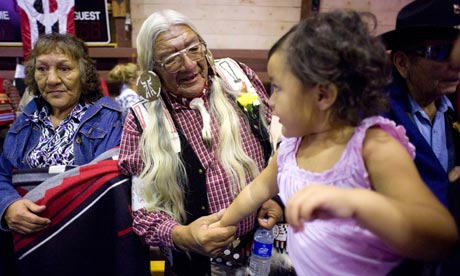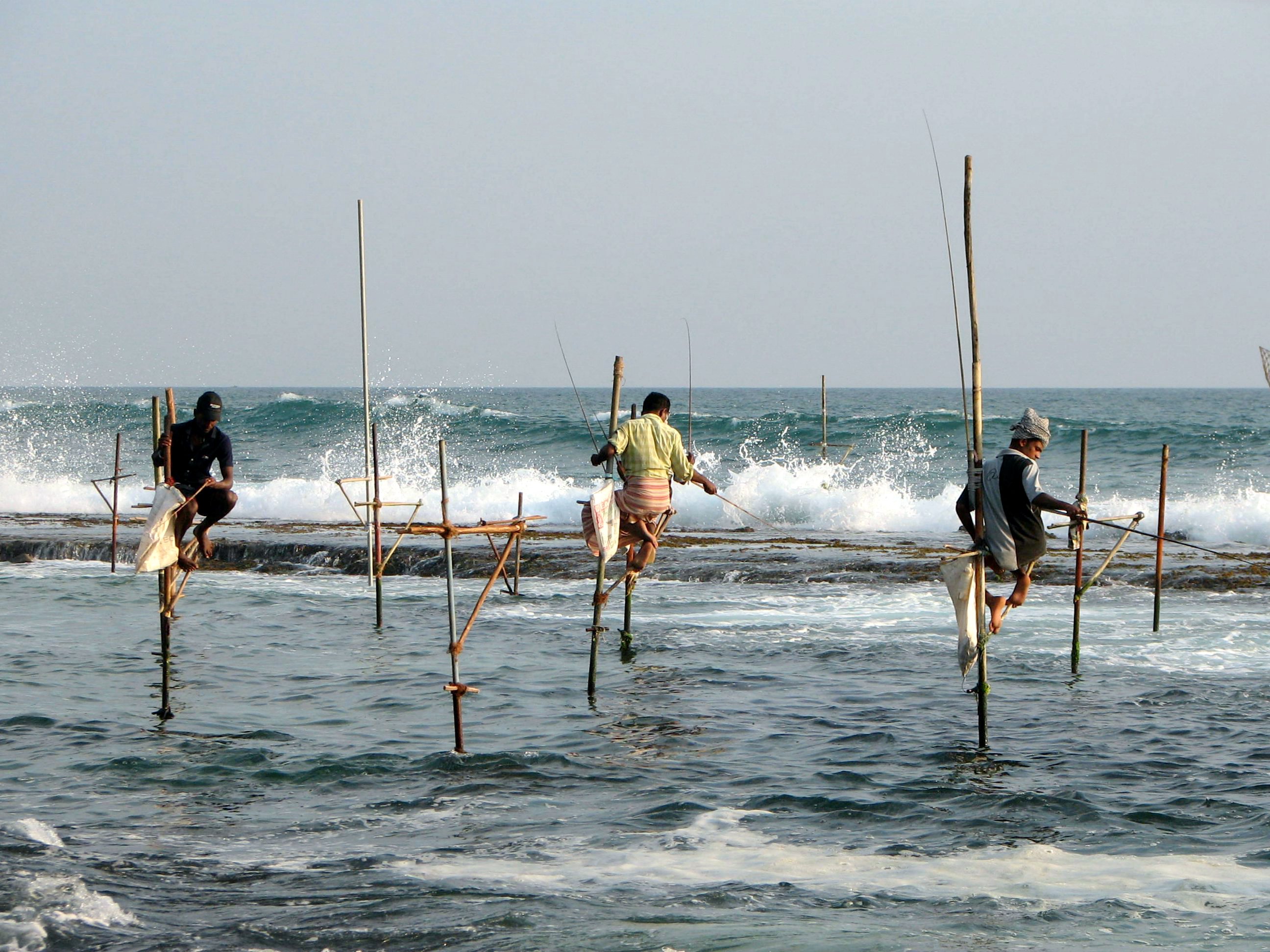Chapter 14 Part C
wolves closing in to kill a caribou doe
In
this book, wisdom is seen as being a prime virtue. In the economic sector of
our society's way of functioning, we all need to be
wise enough to grasp a lesson. When there is a lesson as glaring as this one to
be found in the history recorded by our forbears, refusing to learn that lesson
would not just be unwise; it would be suicidal. Modern business leaders and
modern union leaders, however much they may dislike each other, have by and
large grown wise enough to see that they need each other. Dynamic balances make
our society go. It is only the adjusting of the balance that we argue about.
Over time, the wolf pack keeps the caribou herd strong, and vice-versa. Adult caribou kick hard.
Actually,
this whole discussion of the ways in which social evolution driven by cultural
changes can be compared to physiological/anatomical evolution driven by genetic
variation is more fruitful by far than we have made clear up to this point. And
this book builds its thesis on the assumption that the comparisons and
analogies are not merely figures of speech. The idea that cultural adaptations
are the key driving forces in human survival is assumed in this book to be a useful model because it fits the evidence.
prickly pear cactus (Utah, U.S.A.)
sedum spurium (Iran)
Convergence,
for example, is the name given to the phenomenon seen in widely varied species
which, after millennia of evolution, end up using strategies for survival that
are practically identical. Desert plants of widely different species, in
different, widely separated deserts, have waxy leaves. They also put off
flowering and reproducing for years until that rare desert downpour arrives.
Arapaho elder with his grand-daughter
Samburu woman with grandchild
All or nearly all
human societies that have made it into the present age value and respect their elderly. For pre-literate tribes, an old person was a walking encyclopedia of the tribe's accumulated knowledge. What they old had stored up, could save lives, even the whole tribe.
Similarly, courage and wisdom are considered to be values
everywhere. These facts are so familiar as to be seen by almost all of
the people in the world today to be perquisites of the human condition, but
they aren't that automatic at all. There is nothing in the genes of the human
animal that would make one predict these values occurring in societies
everywhere, as naturally as walking on two feet. Bipedal motion arises almost
automatically out of our genetic design. Respecting elders doesn't. Certain values are found in societies all over the world because they work. They enable a human
society to survive and flourish. That is convergence in social evolution. Other
concepts in the biological sciences also apply in analogous ways, as we should
expect.
graphic illustration of the fitness landscape concept
One
of the subtlest is the model of a “fitness landscape”, which is the model from
which the concept of convergence derives. (1.) If we imagine drawing a graph
which shows how two genetic traits, say size and coloring, interact to give a
survival index for a given species in a given environment, we then can find on
the graph the place where the coloring and the size combine to give the optimal
survival chances for that species in that environment. Next we can imagine
plotting a similar graph but in three dimensions, with an x axis, a y axis, and
a z axis as we learned to do in high school Math class. The picture that would
result in three dimensions would show a theoretical "landscape" with ridges
and peaks and valleys. The “peaks” would indicate where the best combination of
coloring, size, and, let's say, coat density lay for that species' survival in
the environment for which we had drawn the three dimensional graph.
Geneticists
speak of fitness landscapes of ten, fifty, and two hundred dimensions as if
what they are talking about is totally clear. (See Kaufman, "The Origins
of Order") (2.) No graph of any such landscape could be pictured by the
human mind, of course, but with the mathematical models of ecosystems that we
have now and with computers to do the calculations, geneticists can usually
predict what niches in an emerging environment will contain which kinds of species
and in how long.
The
concept of a fitness landscape – which is not a real landscape, remember, since
it only exists in imaginary, mathematical space – can now be applied to the combinations
of memes in human cultures, combinations that produce morés and patterns of
behavior in the real people living real lives. The concept of a meme – an basic
unit of human thinking – is a tenuous one, and it is still considered by some
social scientists to be unproven and of uncertain value. (see Dawkins'
"Selfish Genes and Selfish Memes" in "The Mind's I" for a
basic explanation of the meme concept.) (3.) But for now, if we take it as a
given and move on with it, the results of that thinking support what this book
is trying to show.
We
can construct, in imaginary, mathematical space, a fitness landscape for memes,
or in other words, for units of ideas that humans use to build up systems of beliefs about
what the universe is made of, what forces and fields give direction to the
movements of the things in it, including us, the thinking things, and what we
can and should be doing in this mix. That fitness landscape, that
multi-dimensional graph of human thought patterns, will be very similar for all
individuals in a given culture. What I mean by "red" and
"round" and "sweet" and "tangy" is pretty close
to what other Canadians mean by these terms. So is what I mean by the term
"apple" or “plum”. My idea of beauty roughly coincides with that of
other Canadians' ideas of beauty. Even how we think of terms like
"good", "wise" and "democracy" largely coincide. They
enable us to communicate effectively most of the time. I am a son of my
culture.
Useful concepts – i.e. meme combinations that correspond to peaks on the fitness
landscape – are "found" by the people in a culture over generations
of that culture's evolution because through trial and error, these concepts show that they
work. They enable people in that culture who are capable of thinking with them,
and then using them to design behavior patterns, to survive and flourish. They
are almost never the only combinations of ideas or behavior patterns that could
work in that environment. Other people of other cultures with other similar,
but not identical morés, could survive here. Human societies are very capable
and versatile.
stilts fishermen (Sri Lanka)
spearfishing (Hawaii)
Yawalapiti bowfishing (Amazon jungle, Brazil)
But
the point to see is that whichever culture-society-tribe settles down here, it will come to think with memes, concepts, values, and morés that can be formed into
combinations that do work to achieve the requirements of survival. People can
learn to fish with hooks or nets or spears or gaffs or baskets depending on what
materials are available in the region and what kinds of mechanical models are already
familiar to the people of the given culture. But the chances are very good that
if there are lots of fish in the lake that a given tribe has settled down next
to, then its folk will learn, by one method or another, to fish.
People in varied cultures in many parts of the world also gradually come to establish and use a market square in the middle of town,
and to hire police to patrol in the market to stop thieves. Getting fish out of the water and into human stomachs is
healthy for those humans who learn to catch fish. Marketplaces, policemen, and
currencies are efficient, practical social constructs because they help the
society that has them to maximize the usefulness of what the citizens produce.
Thus, certain meme-complexes that we call “values” or “principles” steer us toward
creating certain institutions that are advantageous for the tribe and
especially for those sub-groups in the tribe that believe in the effective values most
devoutly. The values (meme complexes) survive in meme-space because they foster
behavior patterns in physical space that work, and thus the members of the
tribe who hold these values most passionately pass the values on to their ever
increasing numbers of young.









No comments:
Post a Comment
What are your thoughts now? Comment and I will reply. I promise.